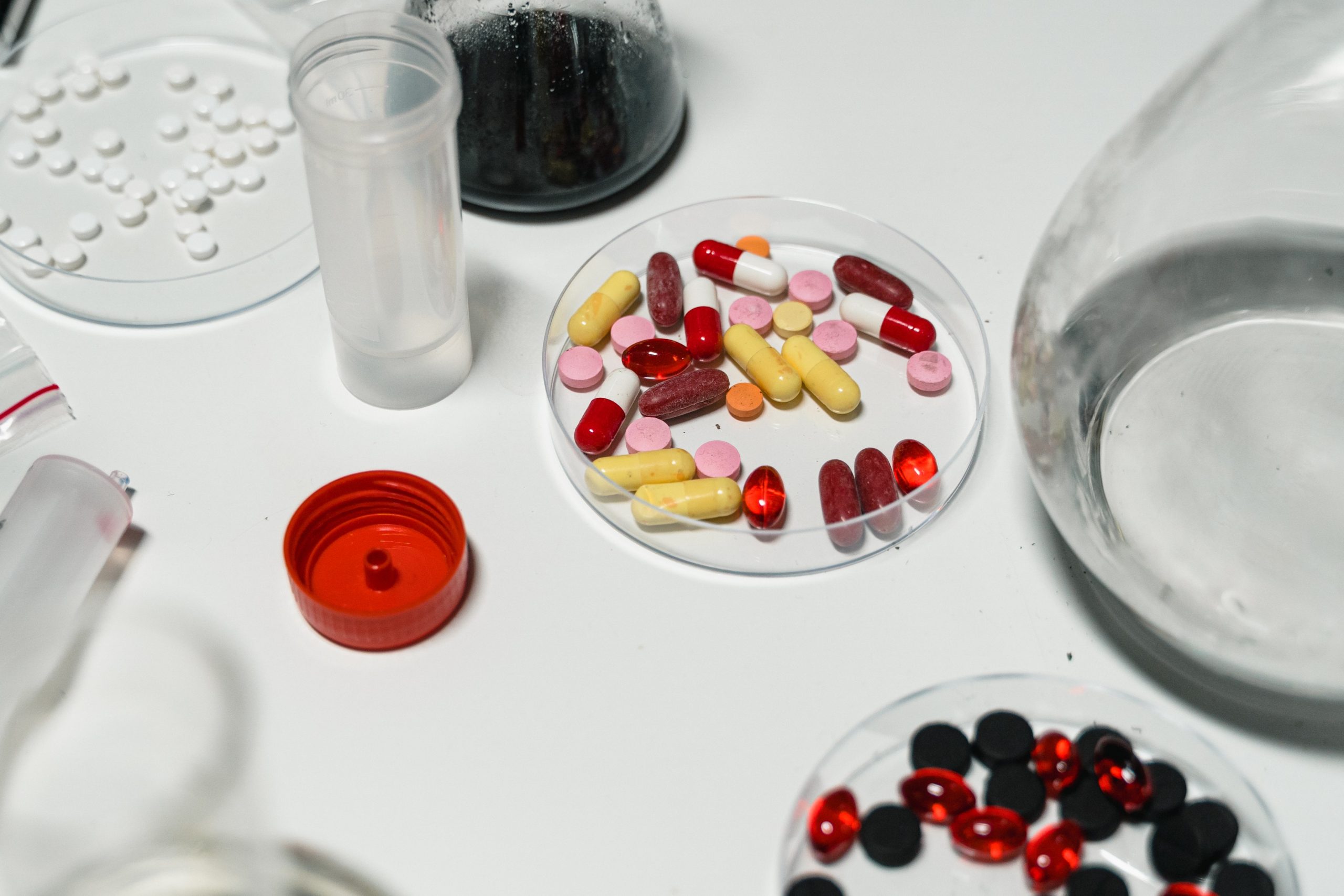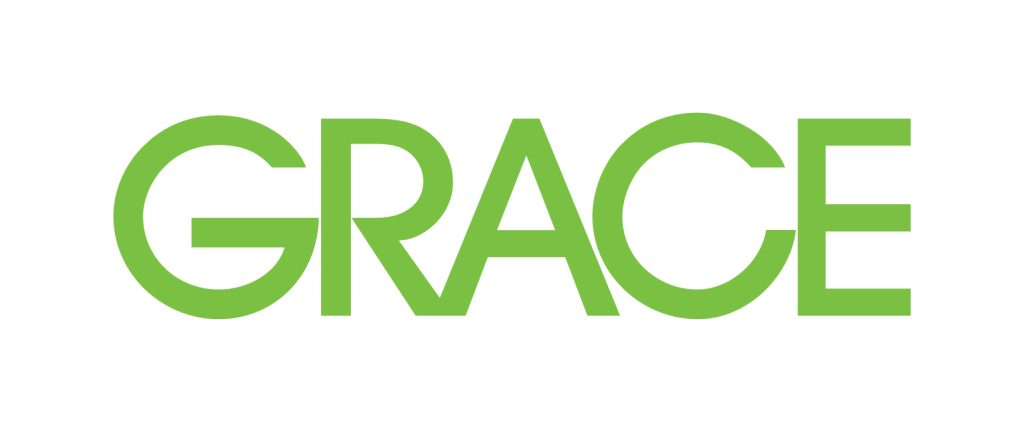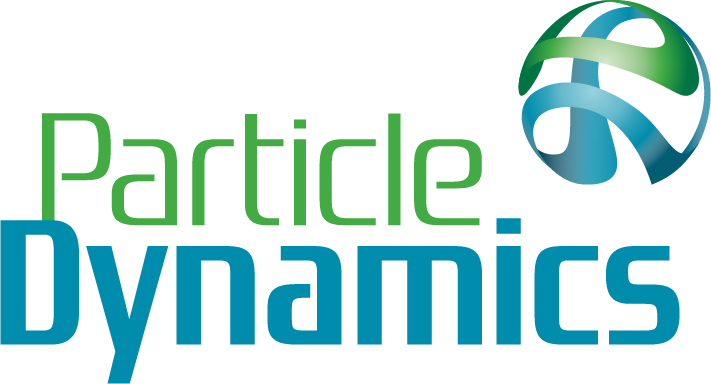Pharmaceutical Ingredients
Pharmaceutical Ingredients & Solutions

Applications
Pharmaceutical Ingredients

Skin High-Purity Solvents & Drug Synthesis

Active Pharmaceutical Ingredients (APIs)

Pharmaceutical Excipients
Latest Pharmaceutical Market Insights
Soothing Touch: Why consumers and physicians prefer pharmaceutical topicals
Soothing Touch: Why consumers and physicians prefer pharmaceutical topicals From allergy remedies, hair loss treatments, and antiseptics to skin infection treatment creams and transdermal patches, the range of topicals is vast and growing. Here are the primary reasons topicals are the pharmaceutical ingredient formulation of choice among medicine prescribers and treatment-seeking consumers. 1. Easier administration Imagine a fidgety patient with dementia complaining of an aching shoulder. What is easier to administer to this patient – a pain pill or a pain relief cream? Easy application is vital for all patients but of greater importance among the growing elderly population, an age demographic predicted to triple in the next three decades. 2. Less dosing Since topicals are usually applied directly to the area in need without being metabolized, absorption and stability are less impacted than an orally administered drug. These attributes can make the effects of a topical instant and long-lasting. Oral medications undergo multiple metabolic and chemical changes in the human body, which can diminish the drug bioavailability at its final action site, requiring more frequent dosing. 3. Less risks and side effects Most consumers prefer treatments that avoid first-pass metabolism. Rising concerns around addiction and the implications of orally administered drugs turn consumers to topical alternatives. It’s known that topical analgesics have less likelihood of addiction than ingested analgesics. Additionally, topicals avoid the risk of irritating the gastrointestinal tract and harming the gastric lining. 4. Soothing and calming sensorial experience For most consumers, a topical application offers calming and therapeutic inducing benefits such as helping relax muscles, lowering heart rate, and increasing the production of endorphins. Topical products may also incorporate fragrant aromatherapy scents or CBD to help soothe and calm the body and mind. In fact, CBD topicals are accelerating as a category of their own, with roll-ons, sprays, patches, and rubs among some of the growing number of CBD products on the market. Cure and treatment of skin diseases highly rely on topical drugs According to the Global Burden of Disease Project, skin diseases such as psoriasis, eczema, skin cancer, and vitiligo continue to be the fourth-leading cause of nonfatal disease burden worldwide and affect a large proportion of the global population. The World Health Organization (WHO), states between 2 and 3 million cases of non-melanoma skin cancer and 132,000 cases of melanoma skin cancer are diagnosed annually across the globe. Furthermore, the prevalence of psoriasis worldwide ranges between 0.09% and 11.43%, making it a serious global problem with at least 100 million individuals affected worldwide. As topical drug delivery is the first line of treatment for many skin diseases, the demand for advanced topical products is expected to increase in the coming years. The topical drug delivery market is projected to reach USD 129.8 billion by 2025 from USD 95.2 billion in 2020, at a CAGR of 6.4% during the forecast period. The North American topical market is projected to account for USD 43.5 billion by 2025, growing at a CAGR of 5.4%. New opportunity: Delivering biologics through transdermal skin application The delivery of biologics through the transdermal route is one of the emerging trends in the topical drug delivery market. The transdermal delivery of large molecules as an alternative to intramuscular, subcutaneous, or intravenous routes of administration is expected to provide significant patient benefits, such as painless drug delivery and cost-effective treatment. Evolving trend of CBD topicals for health and wellness Cannabis, with its antioxidant and anti-inflammatory effects, is being rapidly integrated into a broad spectrum of consumer products. CBD topical products currently make up about 25% of the overall CBD category. We should see additional developments of CBD topicals to treat sleep, anxiety, depression, flu symptoms, Parkinson’s disease, and cancer in response to health and wellness demands. The rise of topical treatments With the rising demand for topicals based on their attributes and medicinal benefits, we will continue to see a rise in prescription and over-the-counter topical medications on pharmacy and store shelves. But with this rise in demand comes a mass of competition in the market. So, how do you make your product stand out? What excipients and ingredients can you formulate to develop a topical with greater efficacy and appeal so that physicians and consumers choose your product over others?
Pharma Insights: 3 trends driving the animal health industry
Pharma Insights: 3 trends driving the animal health industry Safeguarding animal health through pharmaceutical ingredients and solutions We share the world with billions of animals—many raised on farms or protected in zoos and sanctuaries and a growing number living alongside of us as companions and family members. No matter the environment, humans are responsible for helping safeguard animal health, with veterinarians, farmers, pet owners, and the pharmaceutical industry all working toward this common goal. As a community of animal health providers, we must source the best medicines and supplements to keep them safe, healthy, and free from harmful parasites that can cause illness and disease. With environments changing and diseases evolving, the continuous development of veterinary medicines, vaccinations, and antibiotics through innovative ingredients is imperative to support the health of animals. Why the growing focus on animal health? The health of our ecosystem depends on the health and wellness of animals and humans alike. Whatever harms or benefits one will ultimately affect the others. That’s why pharmaceutical ingredients play a critical role in providing essential health benefits that help maintain this environmental balance and also help mitigate the risk of disease outbreaks that could impact food supply chains. Here are three trends driving medicinal demand for the health and wellness of companion pet and agricultural livestock. Social responsibility for animal welfare With pets having a meaningful place in our lives, even helping to improve humans’ mental and physical wellbeing through their companionship, taking better care of pets is key to extending these crucial bonds. In the growing companion pet market, the “fur baby” trend with owners viewing their pets as another family member is driving higher spending on animal wellbeing. In 2021, the U.S. population is expected to spend an estimated $2.75 million in pet healthcare, according to Euromonitor International 2021 report data. Thanks in part to increased spending on pet health and preventative care, pets are living longer. A significant number of dogs and cats in the U.S. now receive daily supplements and routine treatments to improve their joint, skin/coat, heart, dental/oral, and digestive health. Animal protein raised with humane practices In response to increases in meat and dairy consumption, countries throughout the world are propelling large-scale food production resulting in greater rearing of livestock. According to a research study by Form and Livestock, the global animal feed market is expected to climb to $ 548.94 billion by 2027, after reaching $448 billion in 2020. Consequently, demand for health and wellness products for all species contributing to our food chain will rise. The general population believes that healthier care and welfare of livestock leads to guiltless consumption of healthier protein. In recent years, many countries have recognized the role livestock production and more efforts in animal health play in human and environmental wellbeing and have started taking action to achieve more sustainable food systems. In 2021, the UN is pushing this initiative—known as One Health—to the next level with the first Food Systems Summit, where animal health will play a key part. The UN Summit aims to “awaken the world to the fact that we all must work together to transform the way the world produces, consumes, and thinks about food,” driving action toward more sustainable practices, while achieving food security for hungry communities. Government animal welfare organizations have safety practices and standards focused on long-term sustainability achieved through improved productivity and greater attention to livestock. The American Humane Certified™ Animal Welfare Standards are species-specific and grounded on solid scientific research. The standards were created with input from renowned animal science experts and veterinarians and are frequently reviewed by its Scientific Advisory Committee to reflect current research, technological advances and humane handling methods. Preventing zoonotic and arboviral diseases Advancing animal health medicine and vaccines is vital to public health and safety, helping to protect communities from common vaccine-preventable diseases. Rabies vaccinations and flea and tick prevention products for pets help reduce the risk of infection and exposure to viral diseases. An unprecedented rise in disease prevalence is triggering companies to produce pharmaceutical solutions to control pathogen contamination risks and food-borne diseases. In addition, tackling AMR (antibiotic resistance) is one of the biggest dangers to global health declared by the World Health Organization (WHO). By better protecting animals from the threat of disease, identifying health issues earlier, and treating them quickly and responsibly, farmers can decrease disease levels and with it, the need for antibiotics. This requires maximizing the long-term and preventative health benefits of tools such as vaccination, nutrition, antiparasitic, biosecurity, disease surveillance, diagnostics, husbandry, and other animal health technologies.
Pharma Insights: Advancing Solutions for Changing Demands
Pharma Insights: Advancing Solutions for Changing Demands Responding to shifts in the landscape and needs of the Pharmaceutical Ingredients market The pharmaceutical ingredients industry has come under the microscope in recent months due to the global Covid-19 pandemic. However, even before Covid-19 and the increased demand for pharmaceutical, health and wellness solutions, Univar Solutions took an agile, dedicated team approach to serve the pharmaceutical ingredients market. This approach allows us to react to global industry and economic changes effectively and efficiently, responding to industry trends and customer demands. At Univar Solutions, our dedicated team of pharmaceutical ingredients experts provide solutions in all major geographic regions, backed by a premier portfolio of ingredients from global suppliers and a network of state-of-the-art Solution Centers. As the Global Vice President of Pharmaceutical Ingredients for Univar Solutions, James Peterson leads the team responsible for meeting the needs of customers and suppliers, advancing innovation and growth while preserving the organization’s focus on safety and reliable customer service. With more than 30 years of experience in the regulated chemical industries, he lends strategic insight to customers and suppliers who need support for their pharmaceutical, ophthalmic, nutraceutical, biopharma, animal health and medical device applications. How is Univar Solutions meeting the needs of the pharmaceutical ingredients market globally? First, we recognize that we can create greater value through specialization. So, our businesses are organized around major global industrial and consumer industries, such as pharmaceutical ingredients, beauty and personal care, homecare and industrial cleaning and many more. Our goal remains to safely and reliably deliver ingredients our customers need to innovate and grow. We take a unique approach to the market to deliver on this goal, combining our dedicated resources and unmatched distribution footprint with our renowned supplier base and deep supply chain expertise. Our global pharmaceutical ingredients organization comprises a devoted team of experienced pharmaceutical account managers, sales professionals, regulatory and technical experts with a global and regional focus, insight and service. In this way, we create value by delivering global expertise locally for customers and suppliers, enabling us to build closer, more productive relationships and provide a greater depth of focus. How has the changing business landscape impacted the market? In today’s environment, pharmaceutical manufacturers require an agile and responsive partner who can be there when the unexpected occurs. With a worldwide pandemic, global supply shortages and natural disasters, it’s more important than ever to partner with suppliers that can navigate the intricacies and complications of a global supply chain and serve as a contingent partner when a crisis happens. Fortunately, we have some of the longest-standing relationships with the world’s leading producers, a global logistical footprint and an operations team vital to maintaining security of supply. We are committed to delivering solutions to help our customers and suppliers provide the products that help society thrive. But when unforeseen events force us to pivot and adapt to changing conditions in real- time, our focus is on greater assurance that the global network of distribution logistics you rely on is working relentlessly to meet your needs. What will be vital to the pharmaceutical ingredients industry in the near future? Pharmaceutical manufacturers are seeing shifts in demand based on changes in medicinal therapies. From patent cliffs enforcing moves toward generic drugs to an increased focus on biopharma and growing interest in nutraceutical alternatives, pharmaceutical manufacturers require technical support, ingredient guidance and a dependable partner to support them in addressing these opportunities. I’m confident we have the foundational knowledge and team of experts to support our customers every step along the development and production stages as they innovate and grow in these areas.
Featured Suppliers

















